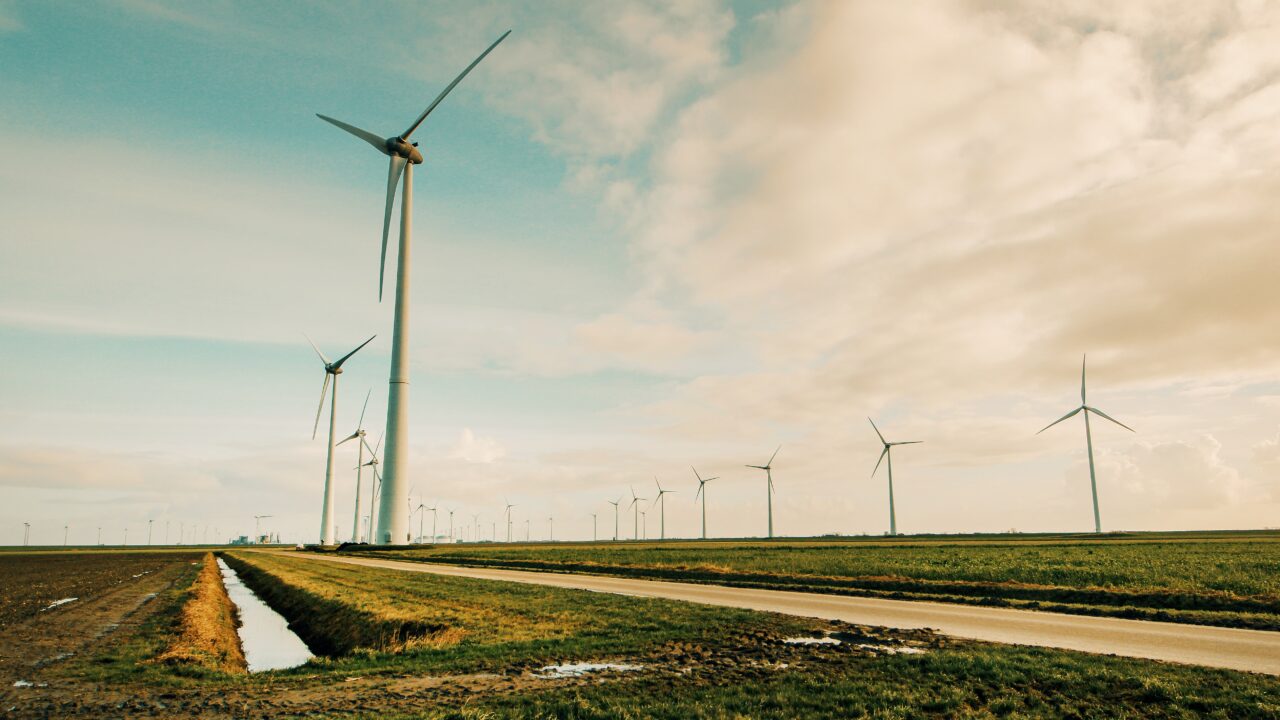Russia’s war on Ukraine – as World Economic Forum report -caused a spike in energy prices and talk of potential winter blackouts. But it also triggered a long overdue shift away from gas and other fossil fuels towards cleaner forms of energy – so much so that global investment in low-carbon energy technology surged to a record level of $1.1 trillion in 2022.
This is up 31% from 2021, and means that investment in low-carbon technologies is now level with that devoted to the supply of fossil fuels.
Renewables records tumble
The low-carbon investment report confirms how spending broke records in every area except nuclear power, where investment was essentially unchanged compared with a year earlier.
The biggest share of investment went towards renewable energy – wind, solar, biofuels and others – with a 17% rise on the year to $495 billion.
But it was almost beaten by electrified transport – electric vehicles and related infrastructure – where spending surged by 54% to $466 billion.
Solar and wind power overtook gas as Europe’s main source of electricity generation for the first time in 2022, according to think tank Ember’s latest European Electricity Review. The increase in renewables investment over the past 12 months means the gap is likely to widen.
Hydrogen investment
However, one area that could need more policy support is hydrogen. Production of clean hydrogen is not growing fast enough to meet the International Energy Agency’s Net Zero Emissions by 2050 Scenario, the World Economic Forum’s Noam Boussidan points out. And it is the low-carbon sector that received the lowest investment in 2022, at just $1.1 billion, representing just 0.1% of the total.
That said, hydrogen did have the fastest growth in spending, which more than tripled compared with 2021.
More government support is on the way, with India recently launching a $2.1 billion plan to promote the production of green hydrogen (hydrogen made by splitting water into hydrogen and oxygen using renewable electricity).
The US Inflation Reduction Act includes tax credits and other incentives to encourage the development of the country’s clean hydrogen industry, and the EU has approved $5.2 billion of funding for hydrogen projects.
Not enough for net zero
Despite spending breaking records in 2022, it is still not enough to put the world on track to reach net zero carbon dioxide emissions by 2050. Annual investment needs to more than triple, and to average $4.55 trillion between 2023 and 2030 in order to make net zero possible.


